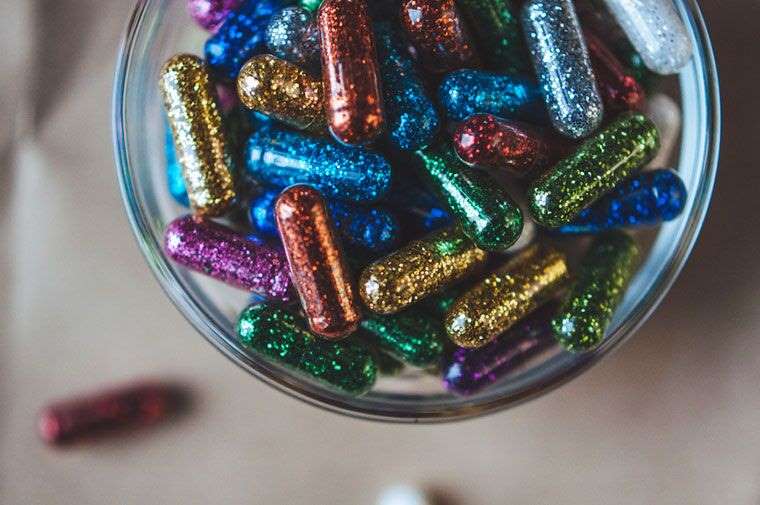Nature Knows and Psionic Success
God provides
I took nootropics every day for a week—here’s what happened

Just like how subsisting on Soylent instead of actual food became a habit among Silicon Valley bros years before you could buy a bottle at 7-Eleven , nootropics is another emerging trend already popular with the tech set. When you’re at your computer for 21 hours a day, the logic goes, you need a little something to help power you through. Combine that with being surrounded with biohackers on the cutting edge of wellness and you’re going to reach for something a lot more natural than Red Bull or Surge (or even espresso). Enter nootropics, supplements crafted to reduce brain fog and stress. And it’s not just the Silicon Valley set throwing them back anymore— you’re going to see them everywhere in 2018 . Now, they’re popping up not only in capsules, but vials, coffee , and even snack bars . Curious about whether they really worked, I decided to give nootropics a try, committing to taking one a day for a week. Would I zip through my work, making time for some online shopping and Buzzfeed quizzes? Or maybe the nootropic boost would allow me to work better, preventing that dreaded afternoon slump and inspiring me to work long and hard well past sunset. Or maybe the whole thing would be a waste of money. Ready to find out what happened? Keep reading. How nootropics work 10 Signs of Depression For my week-long experiment, I decide to try two different nootropic brands I’d been hearing about: Beekeeper’s Naturals B.LXR , which lists royal jelly as the primary ingredient, and HVMN’s Rise , made with alpha-GPC (or a-GPC), a high-potency precursor to the neurotransmitter acetylcholine, which is essential for learning and memory. My first thought is that this habit isn’t exactly cheap. Six vials of the Beekeeper’s Naturals’ nootropics […]
Click here to view full article
